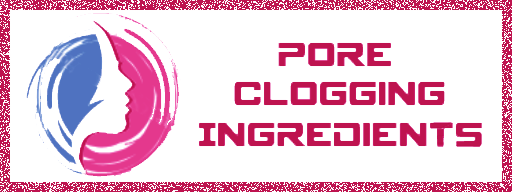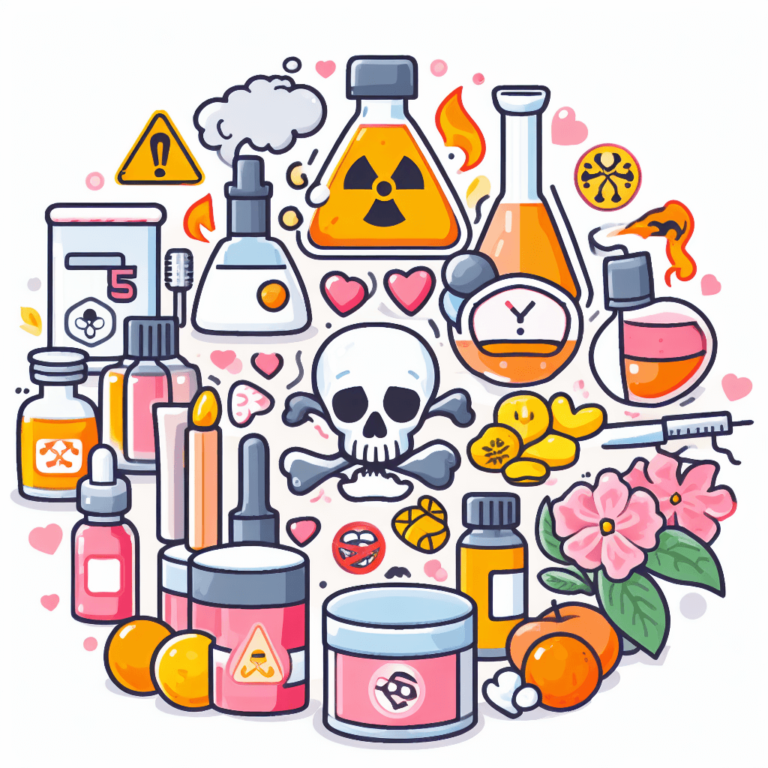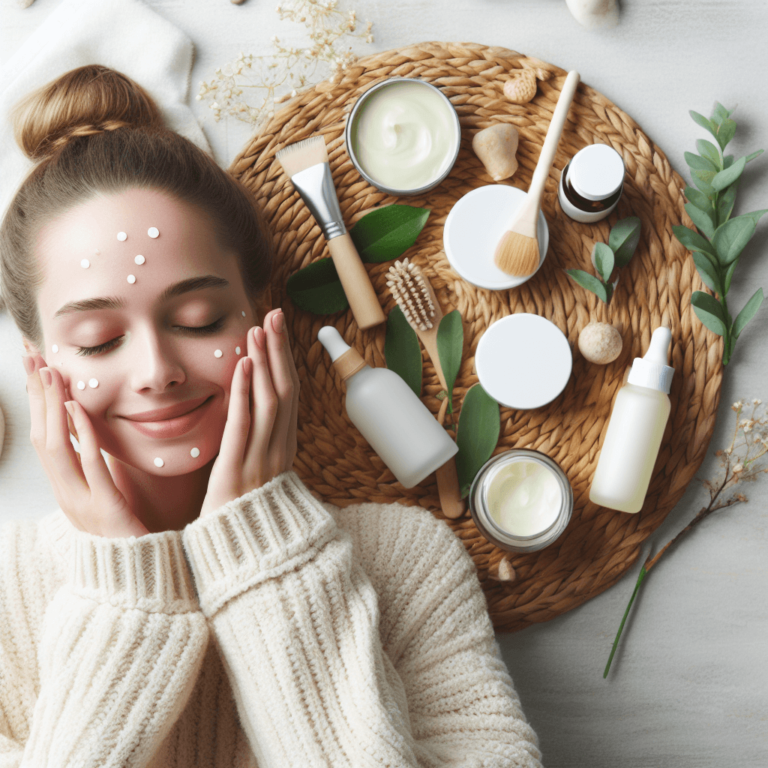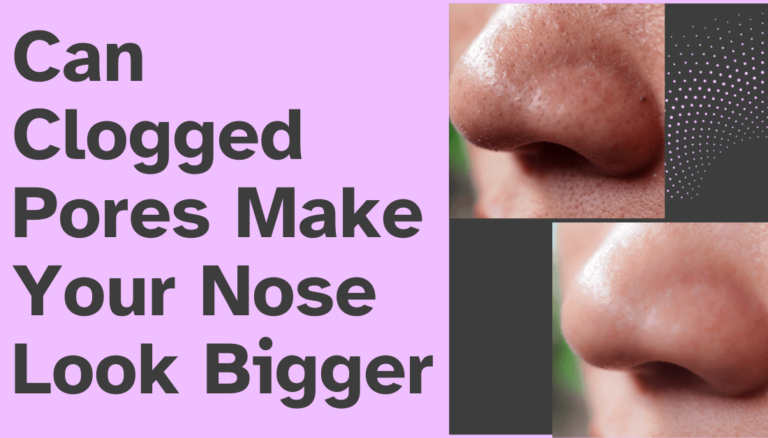What Clogs Pores on Nose
Pores on the nose can easily become clogged due to various factors. Understanding these factors is essential to effectively manage and prevent pore congestion in this area
Factors that leads to Pore Clogging
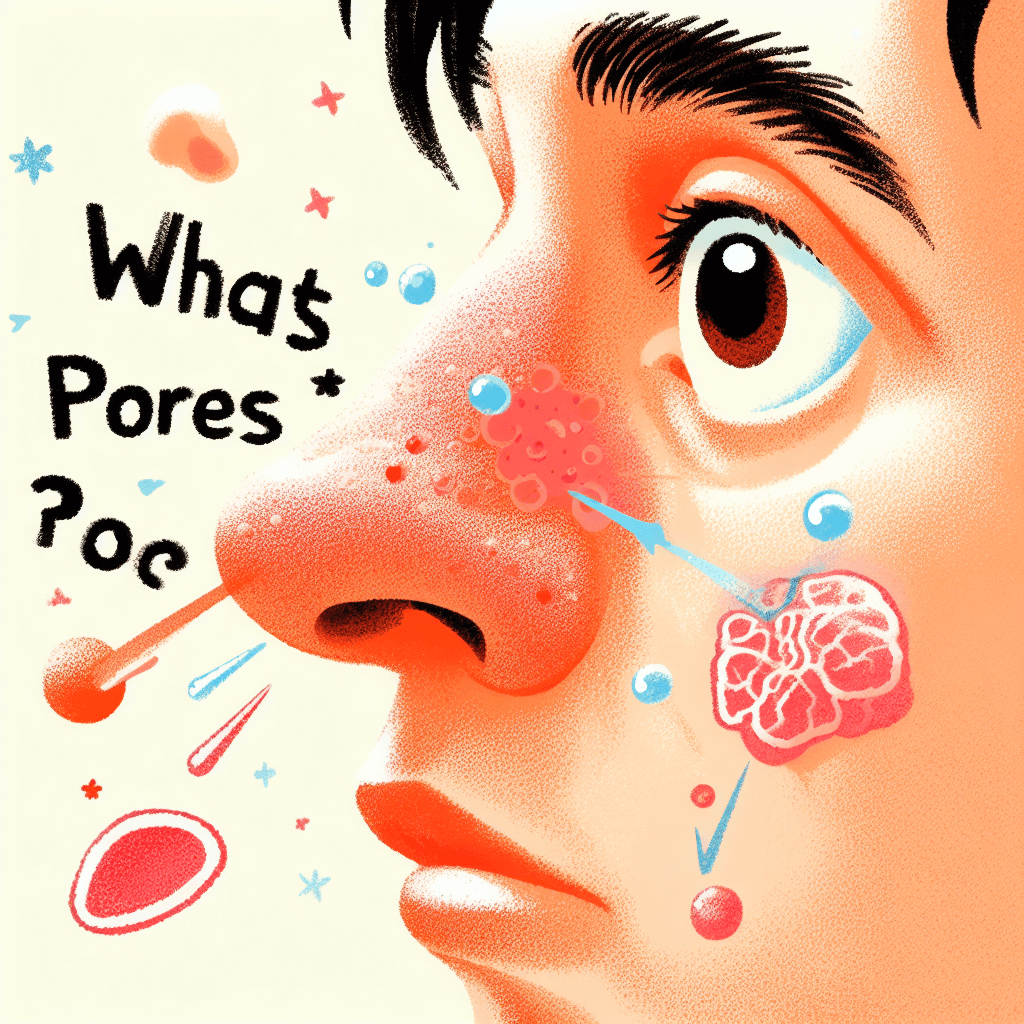
1. Excessive Sebum Production: The nose has a higher concentration of sebaceous glands, leading to increased sebum production. When excess oil combines with dead skin cells or makeup residues, it can congest pores.
2. Dead Skin Cells Buildup: Skin on the nose sheds continuously, and if these dead cells aren’t regularly removed through exfoliation or cleansing, they can accumulate and mix with sebum, leading to pore blockages.
3. Environmental Impurities: The nose is often exposed to environmental pollutants and dirt. Failure to effectively cleanse the nose can result in these impurities settling into pores, contributing to congestion.
4. Comedogenic Products: Makeup, moisturizers, or sunscreens with comedogenic ingredients may aggravate pore blockages on the nose, especially if these products aren’t thoroughly removed. Therefore, it is suggested to check your skin care products using Pore Clogger Checker if there are any comedogenic ingredients available or not.
5. Blackheads and Whiteheads: The nose is prone to blackheads (open comedones) and whiteheads (closed comedones) due to its increased sebum production and the accumulation of sebum and dead skin cells within pores.
6. Hormonal Factors: Hormonal changes, like during puberty or menstruation, can increase sebum production, making the nose more susceptible to pore congestion.
7. Squeezing or Picking: Attempting to extract blackheads or whiteheads manually can cause irritation and potentially push debris deeper into the pores, exacerbating clogging.
8. Genetics and Skin Type: Some individuals naturally have larger pores or oily skin on their nose, making them more prone to pore congestion.
Final Words
To effectively manage pore congestion on the nose, it’s crucial to adopt a skincare routine that includes gentle cleansing, regular exfoliation to remove dead skin cells, and the use of non-comedogenic products. Avoiding picking or squeezing the nose and seeking professional advice for persistent issues is also advisable.
